ON the Beat | When Worlds Collude
Last Week’s Musical Calendar included Meetings of Hindustani and “Newgrass,” Symphonic and Trio Crossover, and Echoes of the “Hidden Haydn”
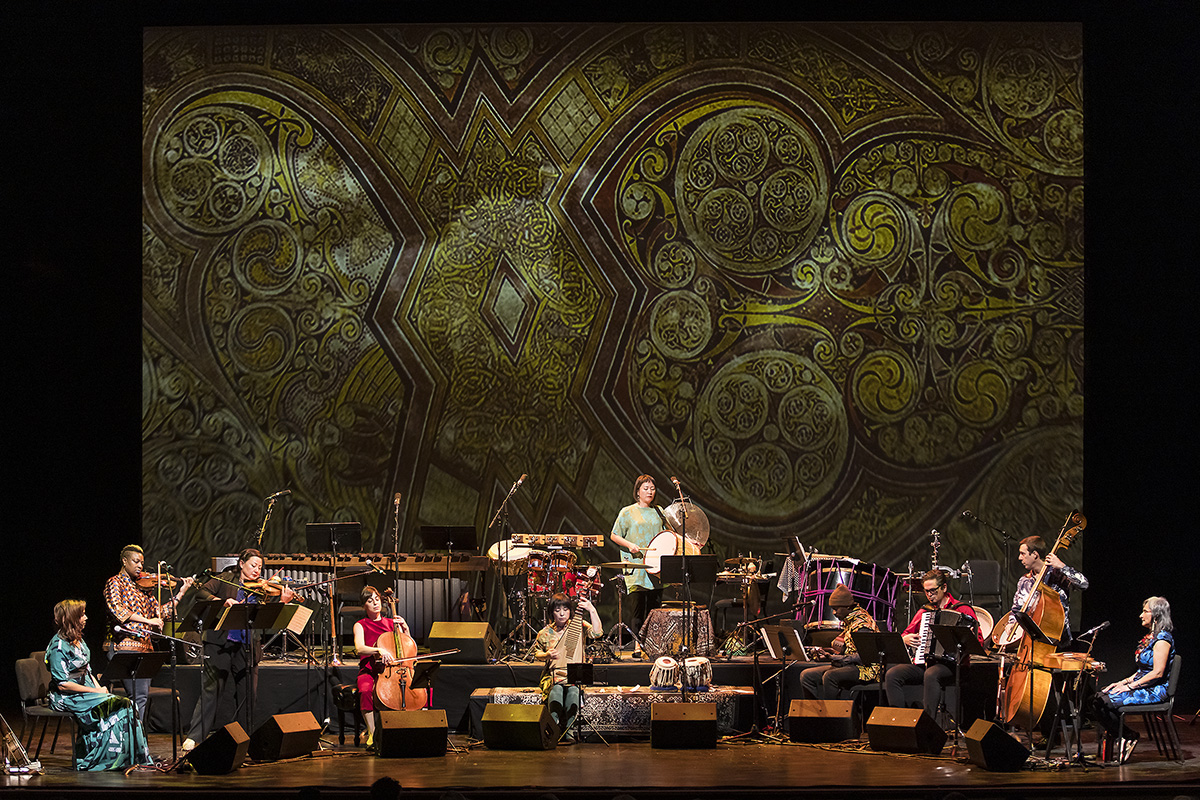
This edition of ON the Beat was originally emailed to subscribers on November 23, 2023. To receive Josef Woodard’s music newsletter in your inbox each Thursday, sign up at independent.com/newsletters.
By some cosmic and/or trans-worldly coincidence, Santa Barbara’s recent concert life featured two prominent projects in which free-thinking cultural-border crossing was at the heart of the matter. In the space of one week, courtesy of presenter UCSB Arts & Lectures, we bore witness to the moving new Silkroad Ensemble endeavor, American Railroad — shepherded into being by the ensemble’s new director, Rhiannon Giddens — and last week’s Campbell Hall hoedown-showdown of Hindustani and “Newgrass” genres.
For that nearly three-hour musical meeting, the colluding parties were mega-banjoist Béla Fleck and double bassist Edgar Meyer from the Western front, and tabla player Zakir Hussain and bansuri player Rakesh Chaurasia, from the Eastern sensibility. Riding high on this year’s album As We Speak (freshly anointed with three Grammy nominations), this band of brothers from other shores got along famously.

Each of the concert’s two sets opened with only the primary trio, but the ensemble sound expanded exponentially with the addition of the deeply melodic bansuri master Chaurasia, nephew of bansuri legend Pandit Hariprasad Chaurasia. Chaurasia the Younger lends a rich sonority and warm melodic voice to the group’s overall texture, while also evening out the balance of east/west so central to the band’s trans-identity.
Hussain is always a pleasure to hear and watch, and his range of projects conveys the breadth of his unique musicianship. In Santa Barbara, his performances have included work with Ravi Shankar and Santa Barbara’s own jazz elder Charles Lloyd’s Sangam trio. Just this fall, he was part of the much-celebrated 50th anniversary tour of the Indo-jazz group Shakti, featuring guitar great John McLaughlin (one of the more intricate tunes at Campbell Hall was his spidery tribute to McLaughlin, “J Bhai”). This serious tabla player also has an impish side, as when he played a scintillating duet with Chaurasia, and winkingly inserted the “Smoke on the Water” riff.
Yes, dollops of humor are also allowed in the special musical room these musicians have created. As heard here, in the second successful world-class border-crossing project in a week — it’s a tight-knit pact graced by a loose, flowing energy. More, please.
New Symphonic Math

Last weekend’s second installment of the current Santa Barbara Symphony (SBS), at The Granada Theatre, took some fascinating detours away from business-as-usual. For the concert’s first half, the traditional “guest soloist” slot upped the ante from singular to multiple, featuring the dazzling, popular (and sometimes pop-ified) and Grammy-kissed young trio Time for Three (the innately gifted and exuberant violinists Nicolas “Nick” Kendall and Charles Yang and double bassist Ranaan Meyer). They sing well, as well.
The program’s main event came first and has lingered in the memory the longest. In connection with the recent “California Festival” — celebrating recent music by Golden State composers and involving multiple orchestras — the SBS showcased the bold and satisfying 2022 piece Contact by Kevin Puts (best known for the Met’s opera The Hours a year ago). Written expressly for the trio, Puts’s integrated-yet-diverse Contact ranges from an optimistic Copland-esque opening movement to a wildly motoric second movement — all spiky orchestral punches, while the trio burns with rapid parts — a brooding and tonally tense title movement, and an odd-metered, vigorous nod to Bulgarian folk music and Bartók to close on a high note.
Maestro Nir Kabaretti led the charges in taut collaborative form, then handed the rest of the first half to the trio’s own devices.
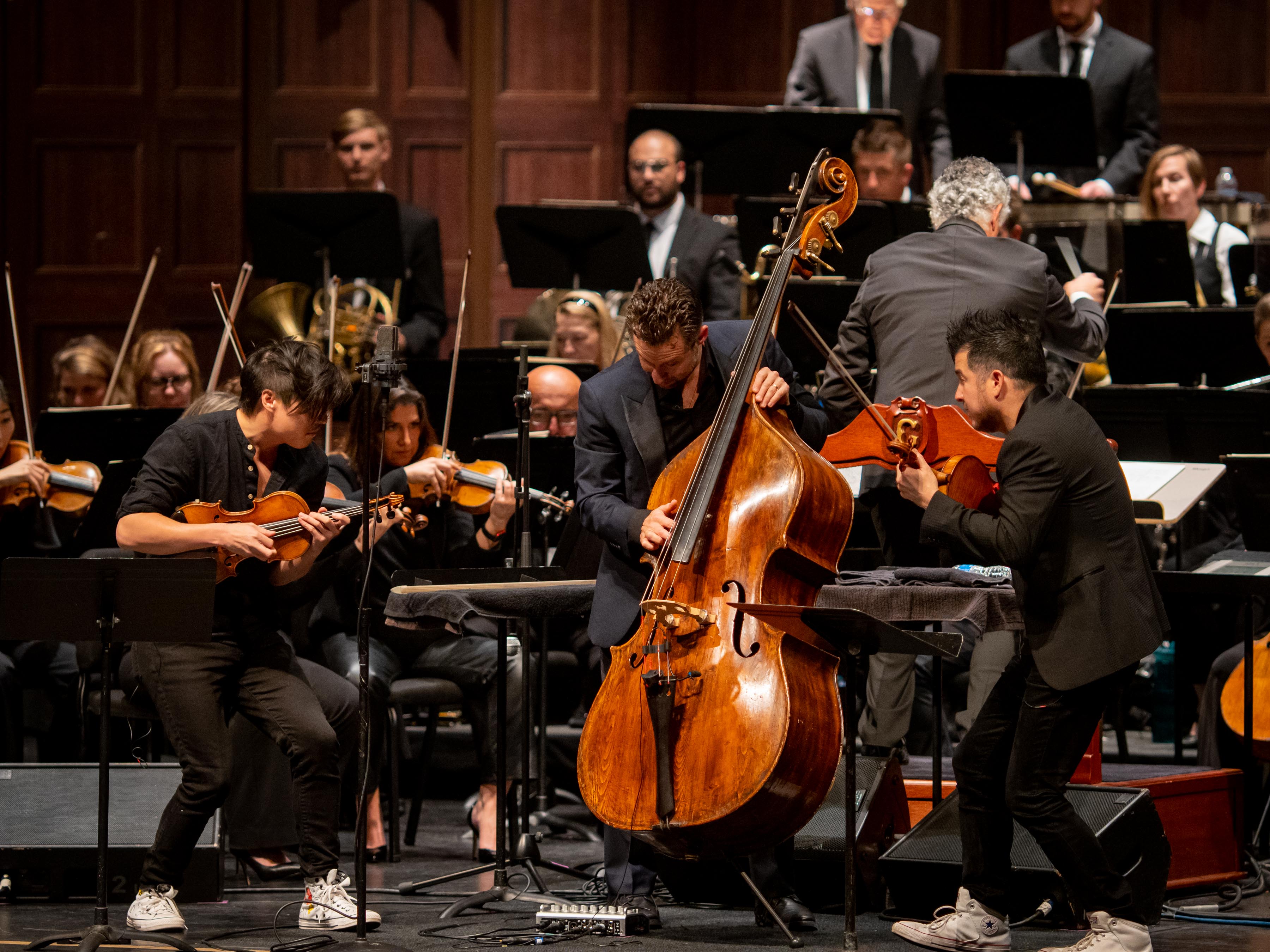
The “crossover” group then crossed over into pop land, with a singalong “Stand by Me”; a pleasant original, “Vertigo”; and a Beethoven-tribute confection, “Joy” — with the inspiring help of young violinists from the Symphony’s Youth Ensemble. Though enjoyable on its own terms, Time for Three’s mini-set felt weirdly misplaced on a symphony program, incurring a sense of cognitive dissonance by virtue of its dogmatic consonance and simplicity. On the other hand, such populist gestures can help to lure new ears to the orchestral world and cause.
After intermission, following the classical radio-friendly roasting chestnuts from Borodin and Bizet, the concert closed with the quirky jewel of Ravel’s wild La valse, performed with necessary ecstatic and exacting qualities. Is it deconstructionist waltz study or a drunken lark, or both?
A well-played La valseEsa-Pekka Salonen is one of my favorite possible orchestral experiences (Esa-Pekka Salonen is another major fan), and Kabaretti’s clan found that sweet spot between refinement and abandon. They nailed the fine art of playing rough and falling apart, artfully. Touché.

Adventures in the World of the ‘Hidden Haydn’

For years now, the Santa Barbara Museum of Art’s (SBMA) much-treasured but also still semi-secret chamber music series has treated us to a rich menu of mostly string quartets from around the world. A rare exception landed in the intimate Mary Craig Auditorium last week, in the form of the Valencia Baryton Project. As the name suggests, this intriguing Spain-based trio is all about promoting the arcane and intriguing string instrument known as the baryton, going about their business with the crusader’s deal embedded in the word “project.”
In short, the multi-string classical-era baryton is a strange blend of a small harp and the vintage viola de gamba, mostly bowed but also with pluckable strings tucked beneath the fingerboard. As passionate and skilled baryton player Matthew Baker explained, the principal repertoire for the instrument comes from the fecund mind of Haydn, who, in the 1770s, wrote more than 150 pieces for the instrument — a favorite sound for Haydn patron Nikolaus I, Prince Esterházy. With their program of mostly Haydn, speckled with short minor pieces by living composers, the SBMA concert happily plunged us into the world of the “hidden Haydn,” to quote Baker.
Compared to the fuller range of a string quartet (a format Haydn would go on to virtually invent and create 84 scores for) this trio format has a lower, duskier character, with the baritone mingling with viola (Estevan de Almeida) and cello (Alex Friedhoff). But to those of us newly enlightened to the format, it exerted a hypnotic effect, juggling a fresh texture and Haydn’s unmistakable craft and wit. Perhaps inevitably, the music of composers John Pickup and Steve Zink — whose work as film and TV composers was evident here — paled by comparison to the classical master’s touch.
Suffice to say, the project inducted a new 805 demographic into the baryton fan club.
The current SBMA season continues, back in the land of string quartets worth hearing, with the Ying Quartet (February 27, 2024), Szymanowski Quartet (March 14) and Verona Quartet (March 21).

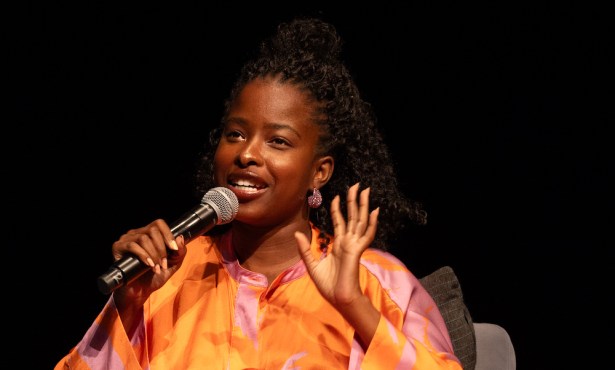
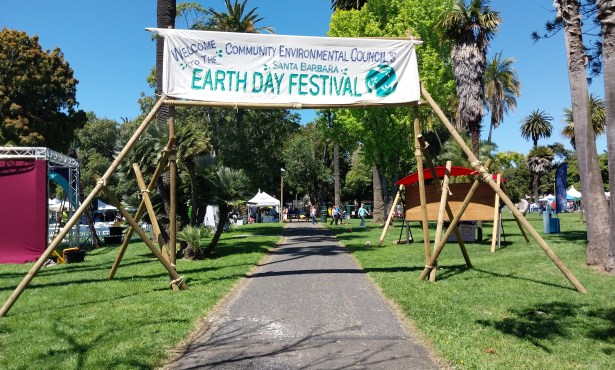
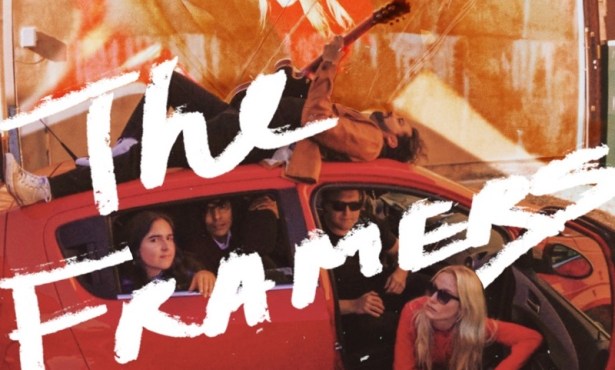
You must be logged in to post a comment.